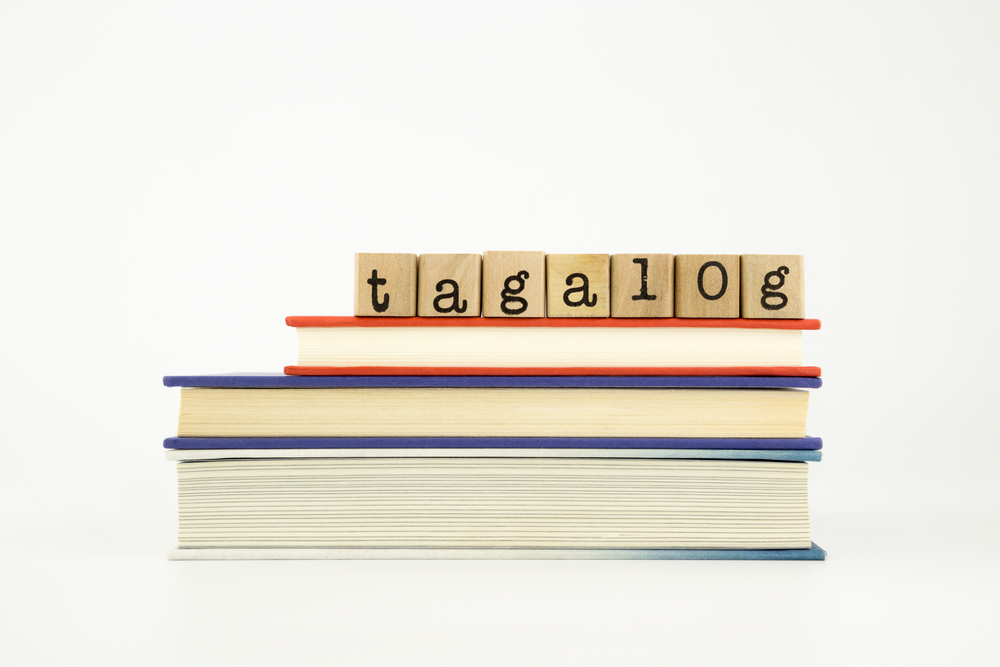Education
KWF cites ways of enriching, disseminating Filipino and other native languages
MANILA — The Komisyon sa Wikang Filipino (KWF) has assured that it continues its ultimate goal of enriching and disseminating Filipino and other native languages including series of workshops, translating and publication efforts, and promoting daily language use.
Roberto T. Anoñuevo , director-general of the KWF, said the KWF has conducted series of seminars for teachers and students especially in translating and facilitating writing in Filipino.
The KWF, the official regulating body of the Filipino language and the official government institution tasked with developing, preserving, and promoting the various local Philippine languages, has produced dictionary and grammar and other aids on the use of teaching the national language, standardized spelling necessary for the faster and more economic teaching of writing to children.
Anoñuevo noted the KWF has translated into Filipino literary works, novels, important historical works and others reading materials of Filipino writers, novelists, and poets, for better appreciation of their works.
Likewise, he encourages youths using Filipino language and not to mind comments by others that is being used by so-called “bakya crowd”, and continue using Filipino language every day and as intellectual discourse.
In education, the fields and discipline using Filipino in teaching and writing of text books and academic references continue to broaden and increase. Meaning, apart from the bilingual policy in the basic levels, there are now basic levels, there are now many subject in colleges and universities using Filipino, especially in philosophy, psychology, history and other areas of social sciences. There are also experiments in teaching economics, mathematics, and basic science using the National Language.
Anoñuevo mentioned the current translation into Filipino of the Bangsamoro Basic Law.
So much progress has been made in the dissemination of the National Language. In the national censuses made from 1939 to 1980, the speakers of the National Language increased from 4,068,565 to 12,019,139, or from 25.4 percent to 44.4 percent of the entire population of the Philippines.
In 1989, a survey conducted by the Ateneo de Manila University further showed that 92 percent understood Tagalog ( note that Tagalog and not Filipino is used to call the National Language) in the whole country, 83 percent could speak it, 88 percent could read, and 81 percent could write in it. This rapid growth in the number of speakers of Filipino means that it can now be considered a “people’s language” or lingua franca, and is being used a language of communication by any two Filipinos with different native languages but wanting to talk to each other.
On the part of the scholars and experts, Anoñuevo called on them on the use Filipino as language of research and academic discourse, undertake general translation and publication effort in all areas of education, make Filipino language of the courts, commerce, industry, all significant aspects of society.
“So sa tingin ko panahon na para ang mga intellectual natin ay gumising at gamitin iyong Filipino lalong-lalo na sa pasulat na paraan , kase kapag ginamit ang Filipino sa pasulat na paraan umaangat ng umaangat ang paggamit ng Filipino kaya tayo nahihirpaan ngayon kase ang mga pasulat na paraan ay kakaunti,” ( encourage the intellectuals to make use of Filipino language to increase the elevation of literacy) Anoñuevo said.
Furthermore, the KWF has been conducting workshops all over the country discussing Ortograpiyang National (OP) and Symbolism Culture of the Philippines (SK) aimed at expanding the timely knowledge of the language and culture of the Filipino.
In 2015, the KWF vows to vigorously take steps on the use of Filipino as a medium of official communication pursuant to President Corazon Aquino’s Executive Order No. 335 “Ordering all Departments/Bureaus/Offices/Instrumentalities of Government to take necessary steps for the purpose of using Filipino in official transactions, communications and correspondence.
This is on top of coordination with government agencies on the implementation of the translation into Filipino of the names of offices, buildings, and signage in all offices and public places, the KWF added.






















